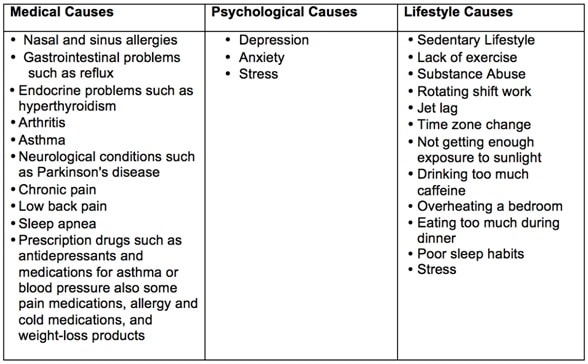Insomnia Medication Long Term

Frequently chronic insomnia lasts longer than 2 years.
Insomnia medication long term. For long term insomnia behavior changes learned in behavioral therapy is usually the best treatment. Eszopiclone lunesta ramelteon rozerem zaleplon sonata. Prescription sleeping pills can help you get to sleep stay asleep or both. Sleeping pills may help when stress travel or other disruptions keep you awake.
Temazepam works by slowing down the central nervous system brain causing drowsiness which helps patients fall asleep. Lifestyle changes that promote sleep. This material is provided for educational purposes only and is not intended for medical advice diagnosis or treatment. Some of the prescription medications that are approved for treating insomnia include.
Zolpidem ambien eszopiclone lunesta zaleplon sonata doxepin silenor ramelteon rozerem suvorexant belsomra temazepam restoril. If you re regularly having trouble either falling or staying asleep insomnia make an appointment with your doctor. Data sources include ibm watson micromedex updated 30 june 2020 cerner multum updated 1 july 2020 wolters kluwer. It works by blocking a hormone that promotes wakefulness and causes.
Doctors generally don t recommend relying on prescription sleeping pills for more than a few weeks but several medications are approved for long term use. It was soon discovered that they also help induce sleep. While some antihistamines are prescription strength over. Rozerem can be prescribed for long term use and the drug has shown no evidence of abuse or dependence.
By mayo clinic staff. Ramelteon rozerem is an insomnia medication that works differently than the other sedative medications. Temazepam is used to treat insomnia symptoms such as trouble falling asleep or staying asleep. Cognizant of this and as a result of longer term studies the fda has approved all hypnotics since 2005 without restricting the duration of use.
In a pilot study researchers found that shuti helped patients with long term insomnia lasting an average of 10 years improve their ability to fall and stay asleep compared with a control group.



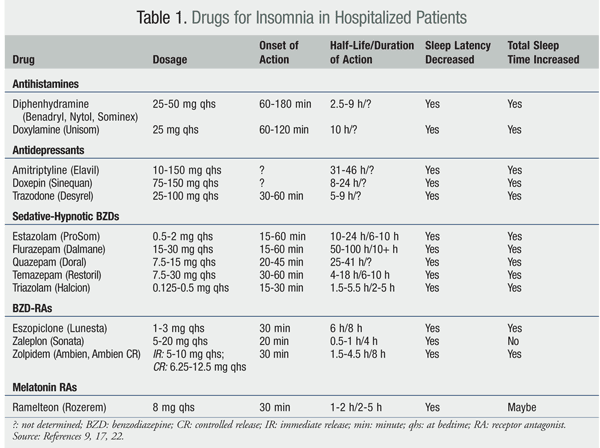
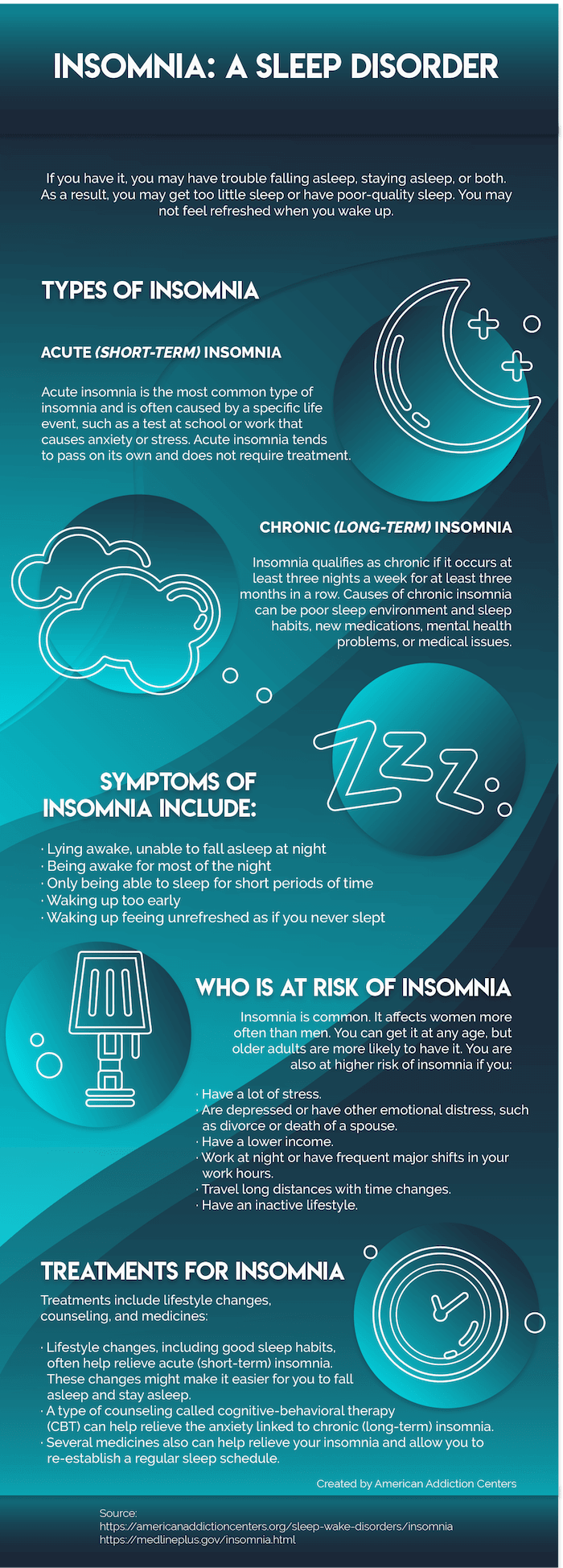


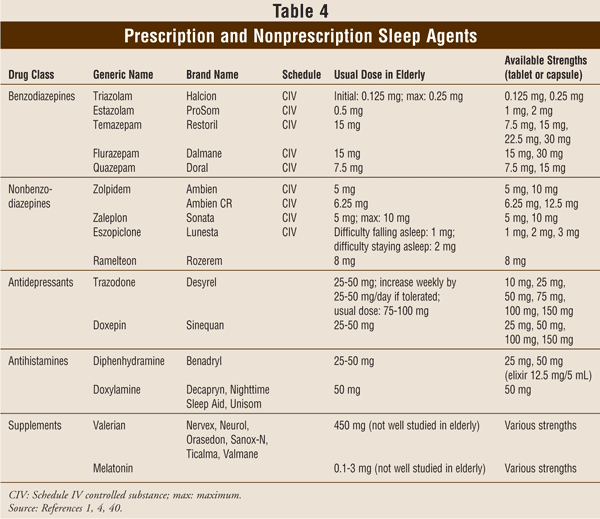
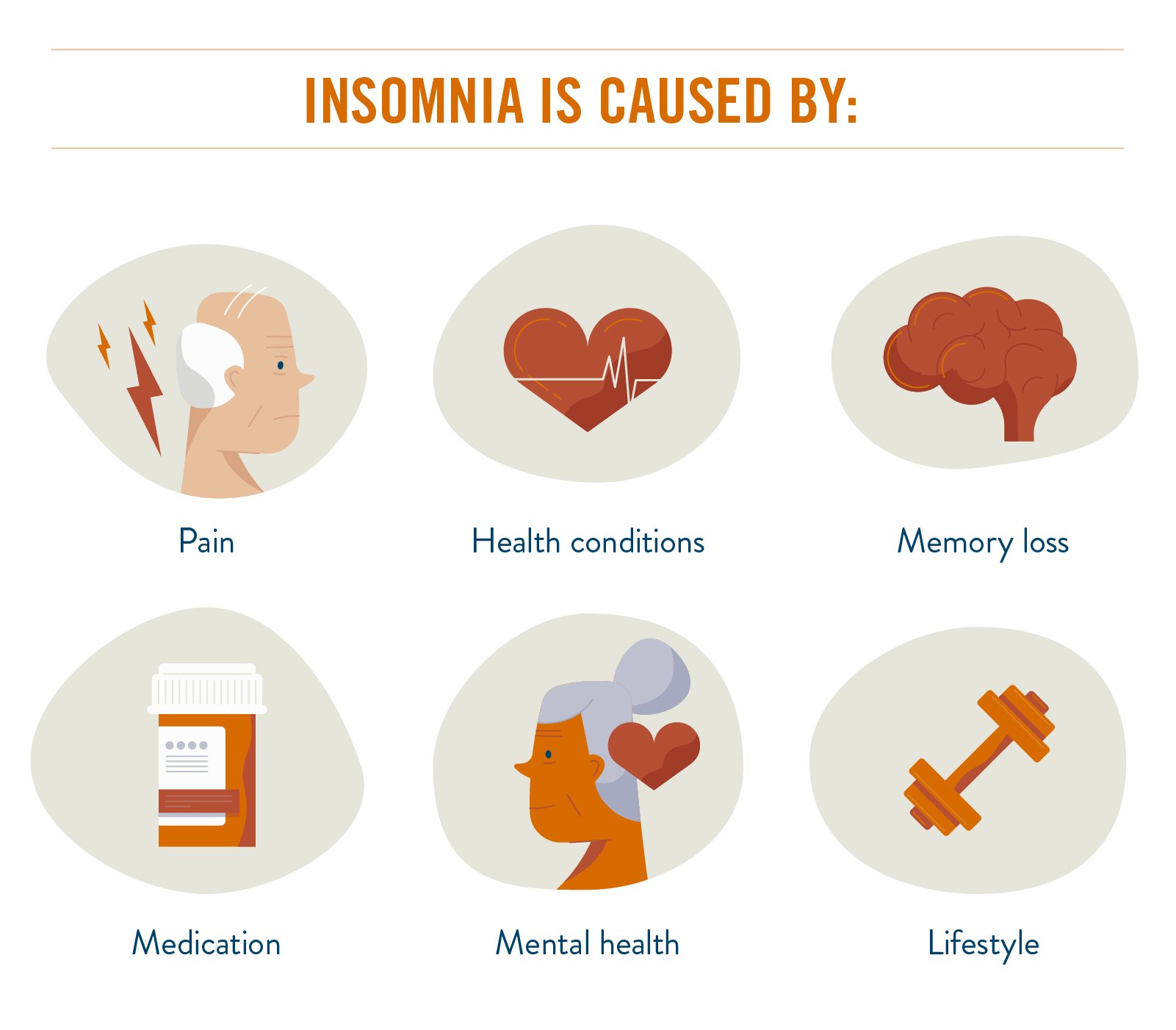

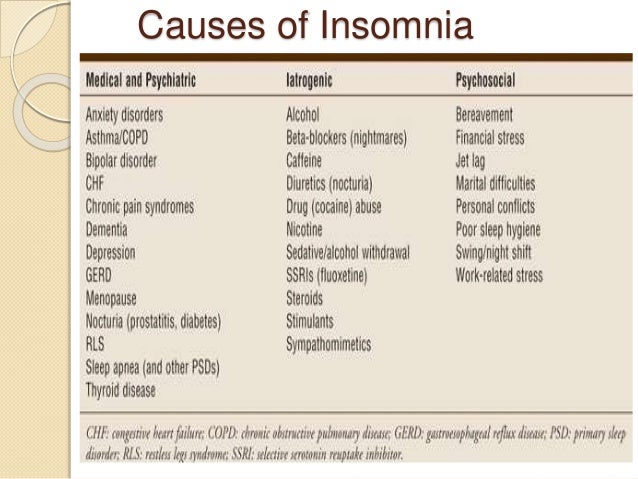

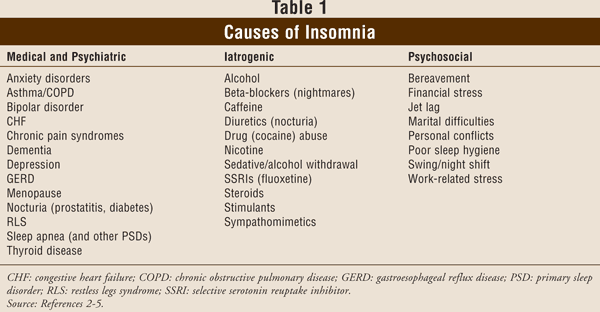


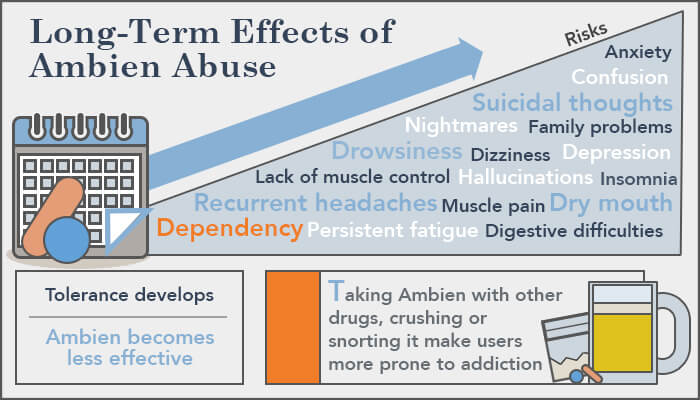
:max_bytes(150000):strip_icc()/doxylamine-and-insomnia-3015179-v3-fb4bfa3eb5954508bbae7191bbfd17a6.png)


:max_bytes(150000):strip_icc()/what-to-take-when-you-cant-sleep-3015261_FINAL-e3783fe3633f4685a1116f9a177813d0.png)


/GettyImages-583640768-55d14205ab6d4cb8b29cfeec5fee2899.jpg)
